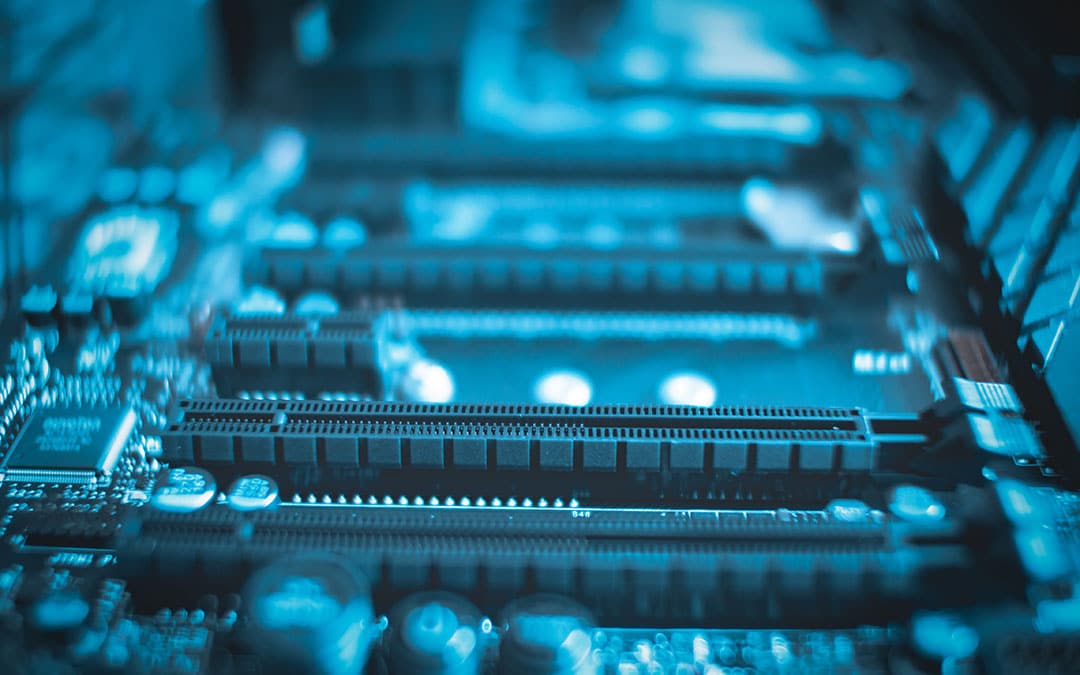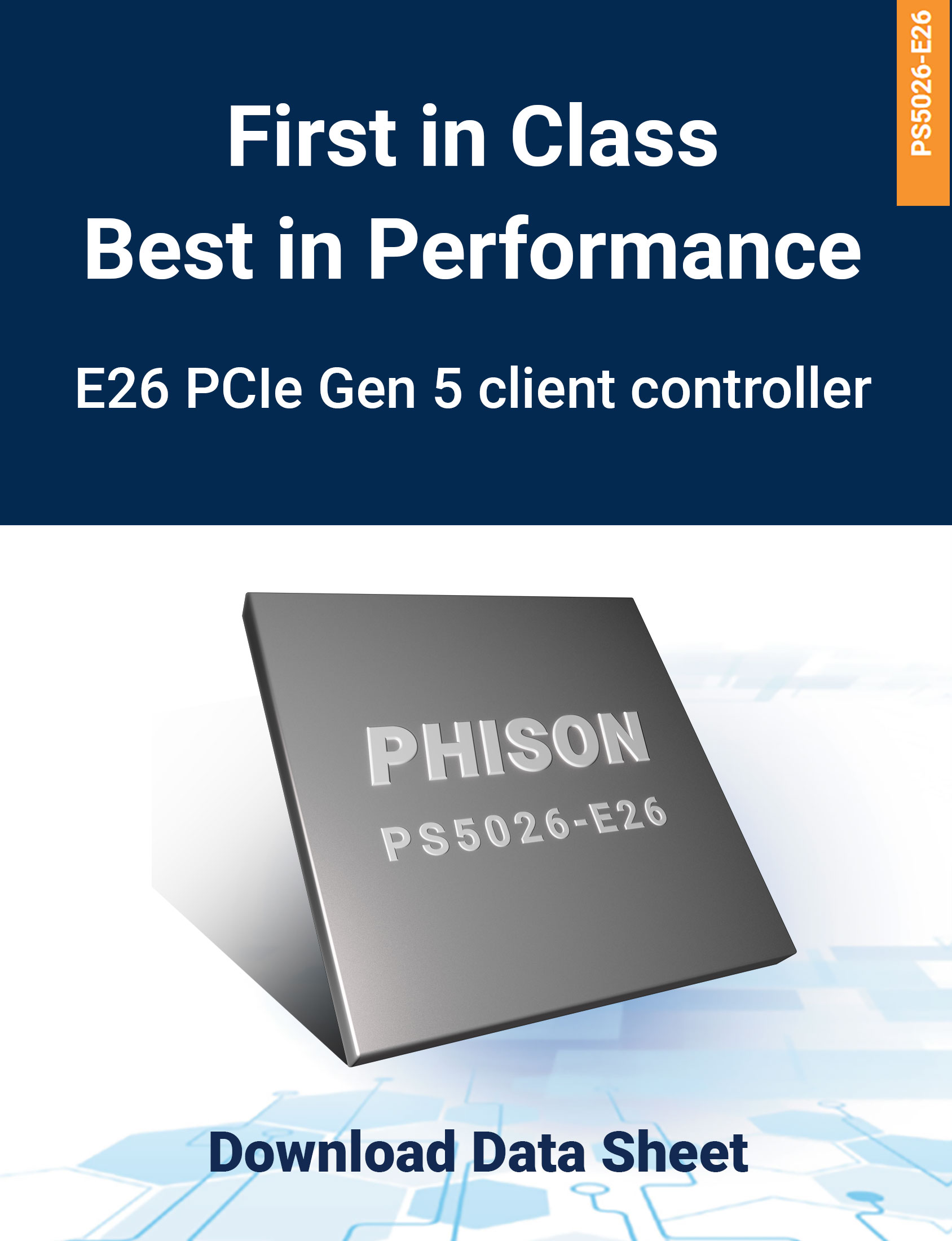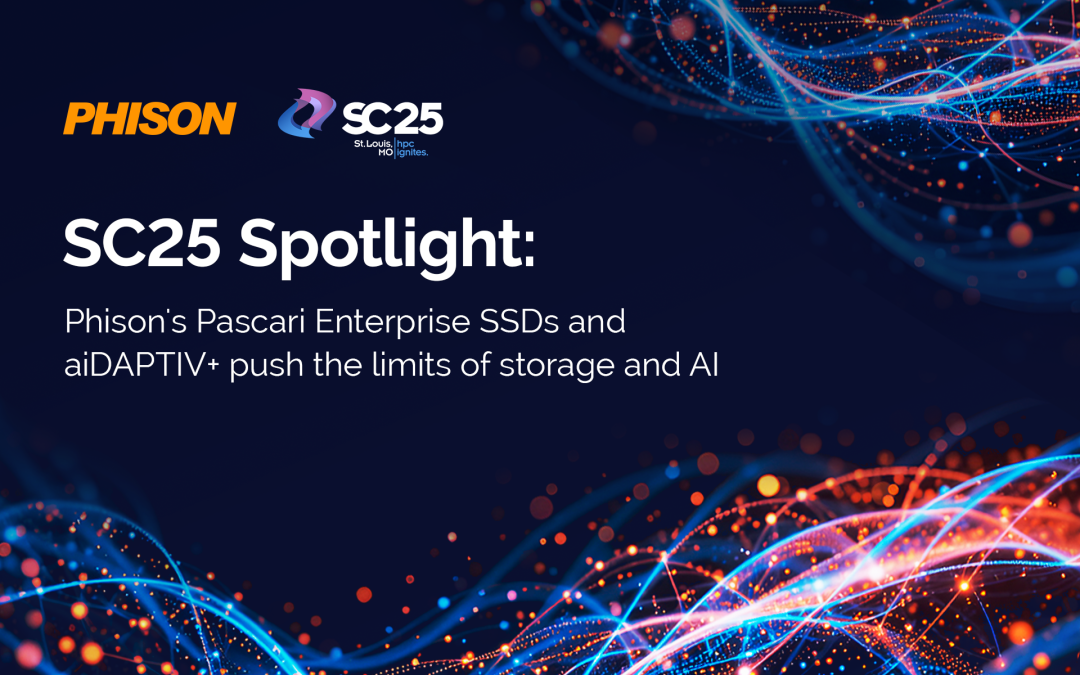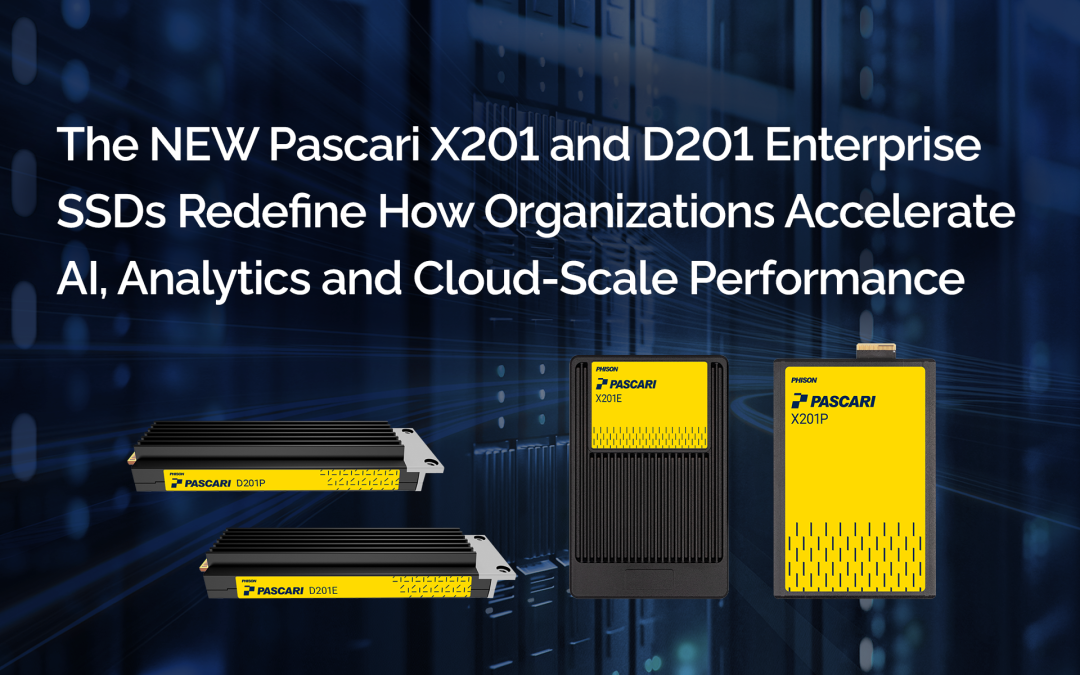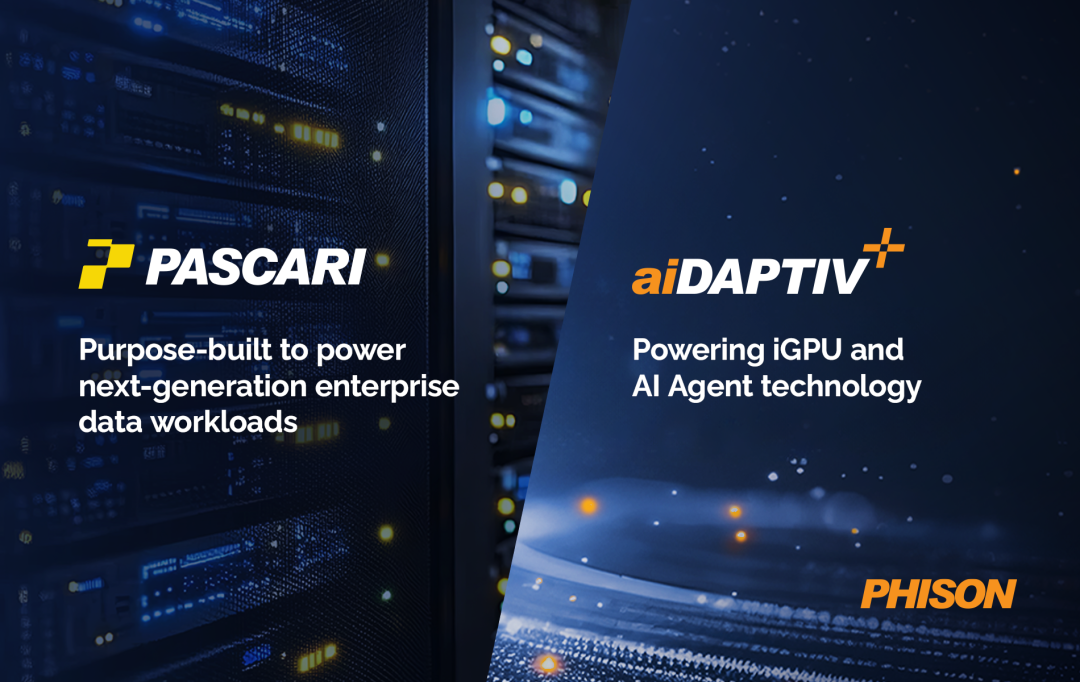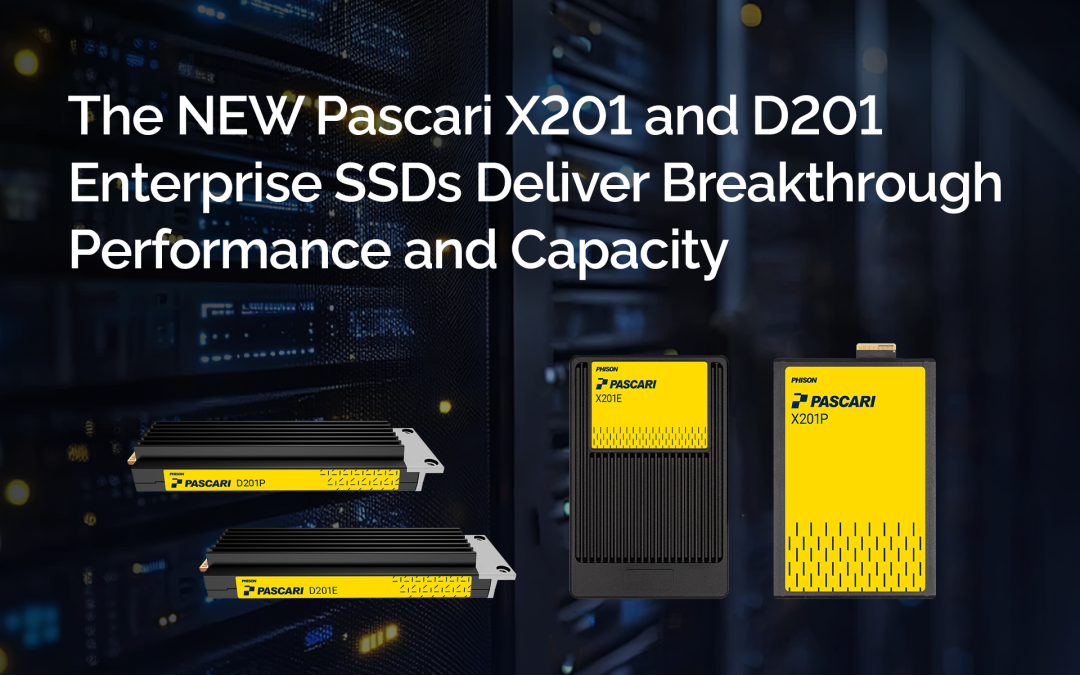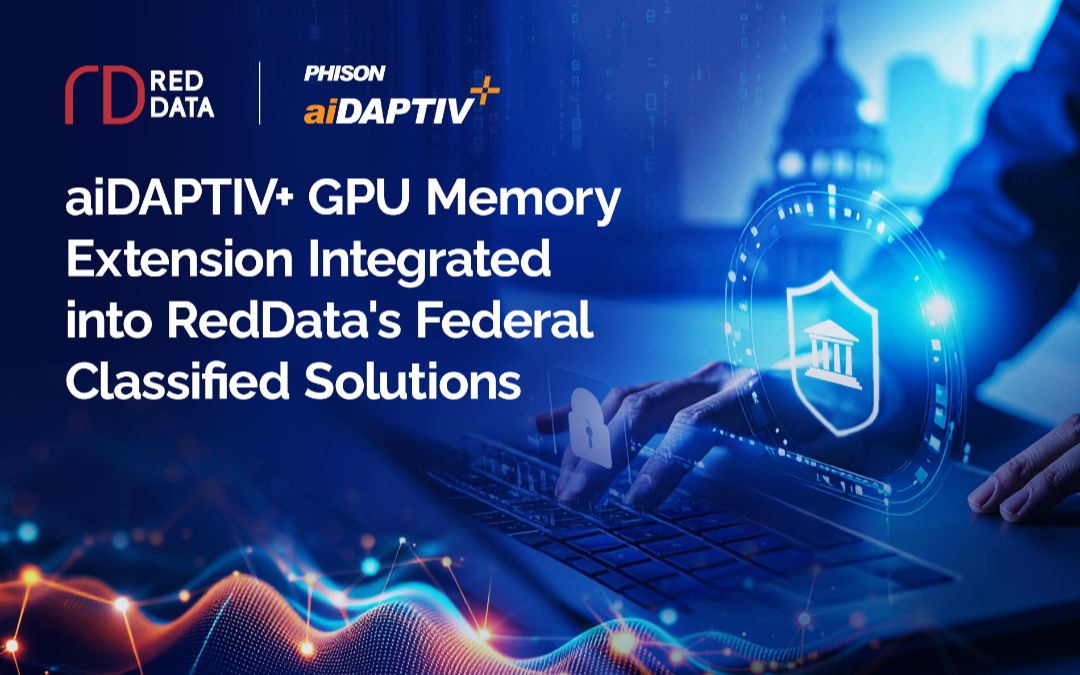We recently announced our technology development of PCIe Gen5 customizable SSD solutions for enterprises and clients. While not shipping until later in 2022, this new platform offers a great example of how technology evolves – from identifying needs to developing circuitry, reducing power and costs needs, moving cold storage to near-line cache – Gen 5’s potential for empowering the next big thing is unlimited. I’ll attempt to pull back the curtain on what Gen 5 means to enterprises and end-users.
A brief history
Standards for PCIe Gen1 were completed in 2003 with PCIe Gen 2 finished in 2007 and PCIe Gen 3 in 2010. There was a longer gap before PCIe Gen 4 was finalized, being completed in 2017. The PCIe Gen 5 specification was made available in 2019 and should be ready to start shipping in the second half of next year. For each new subsequent generation, we’ve been able to double the lane speed, which either means that performance overall can be doubled, or performance can remain the same while only using half as many lanes as the previous generation. This flexibility means motherboard manufacturers have choices in how they want to deploy the technology to their intended audiences.
The PCIe Gen 5 is over 20x faster than the old SATA standard. Data-intensive applications require faster performance. Faster performance drives provide the ability to create new applications. While not a replacement for DRAM, Gen 5 SSDs are now almost the same speed as DDR4. Though DRAM is still needed to support high-speed computation, caching can now be offloaded to a less expensive medium. A Gen 5 SSD can now enable fast bulk caching, which reduces the need for large pools of more expensive DRAM. This makes the latest generation of SSD a great option for enterprises looking to modernize their existing equipment so they can do more with less, as well as for clients that need the bandwidth to run their performance-hungry applications.
Catching up in the enterprise
One of the fascinating things about the rollout of previous generations of PCIe SSDs is the effect that time to market has affected adoption rates. Because Gen 5 was announced prior to the long-delayed rollout of Gen 4, it didn’t make a lot of sense for many enterprises to upgrade to solutions that would quickly be out of date after deploying them. In part because of hardware refresh cycles, enterprises mostly made the decision to stand pat with Gen3, so those upgrading to the newest generation should see a substantial performance leap.
Gen 5 in the enterprise will not only support applications that previous generations couldn’t but it will change the status quo. Systems will boot faster. Instead of adding server racks to accommodate for growing volumes of information, storage can be consolidated and becomes less expensive because of a reduced need for DRAM. These upgrades will change how data is used and written, allowing computers to work with larger pools of data now that SSD are at near-DRAM speeds. Eight TB of DRAM would cost $64,000 but 8TB of TLC SSD would be closer to $2,000. Finding a server motherboard that can handle 8TB of DRAM is difficult. Putting eight large Gen 5 SSD into a server chassis is easy.
These improvements will be felt across many different industries where real-time, high-speed transactions matter most – supply chain management, travel, logistics, augmented reality and natural language processing, to name a few. By enabling faster connectivity to the cloud, servers can move to the edge to reduce latency. With the arrival of Gen 5, Manufacturers now have more options in designing their systems to accommodate customer requests and satisfy an increasing number of use cases.
Ramping up on the client side
For many mainstream users, moving from Gen4 to Gen 5 delivers an immediate performance benefit. Faster storage means single-user tasks on a PC are more seamless with improved loading and save times. But the fastest Gen 4 are typically already fast enough for many consumer applications like browsing or writing documents.
Where Gen 5 will shine in the client market is in industries where additional bandwidth improves the user experience. Creative applications like video editing, special effects, CAD designs and code compiling will be able to render and compile faster than ever before. Gamers, where microseconds matter, will also appreciate the improved speeds of Gen 5.
The Gen5 advantage
By readying for the next iteration of PCIe solutions, manufacturers can achieve early-to-market advantages. OS applications and games can be designed differently because the penalty of going to disk is erased. AI and databases can now work with much bigger datasets without slowing down. Streaming providers can make the user experience smoother and faster to appeal to viewers to help drive subscription rates. Gen 5 will generate a cascading effect across a number of industries and markets. Choosing the right flash provider will make all the difference.
Phison’s Gen 5 offerings will be ready for the upcoming transition. We’ve achieved the fastest Gen 4×4 SSD at 7.4 GB/s. Our Gen5 will open new possibilities, allow users to do more with less. We have the leadership, experience and design advantages needed to ensure success. Whether deployed in the enterprise or benefitting end-users who need more bandwidth, Phison’s offerings represent the driving force behind corporate and personal productivity.
